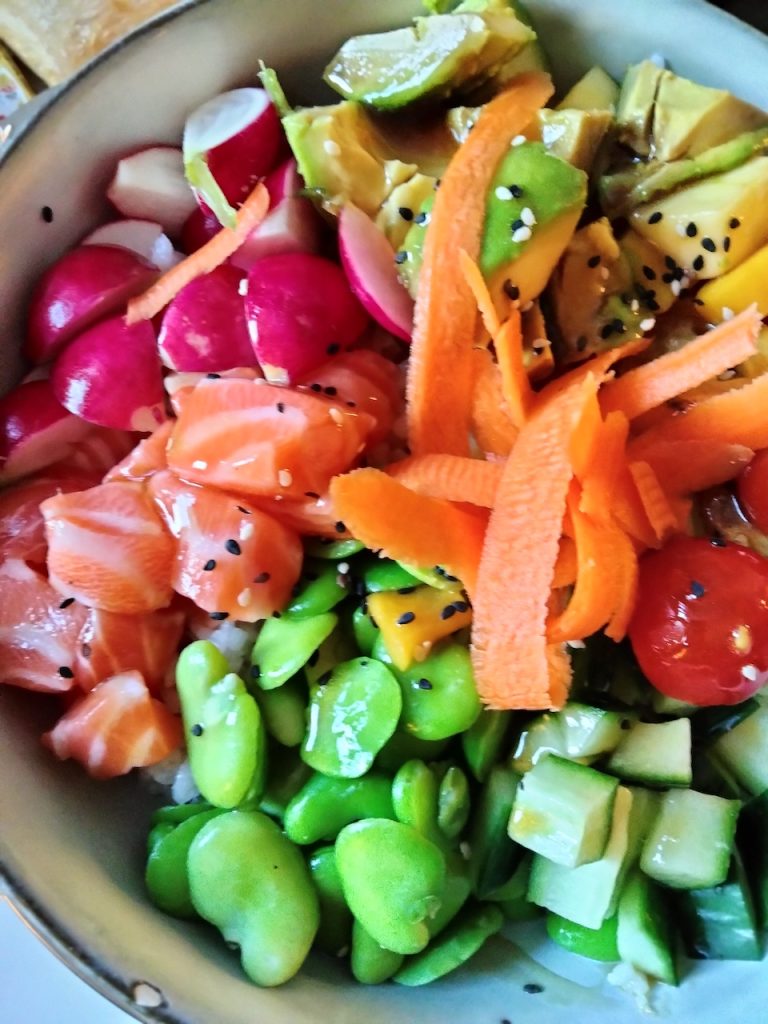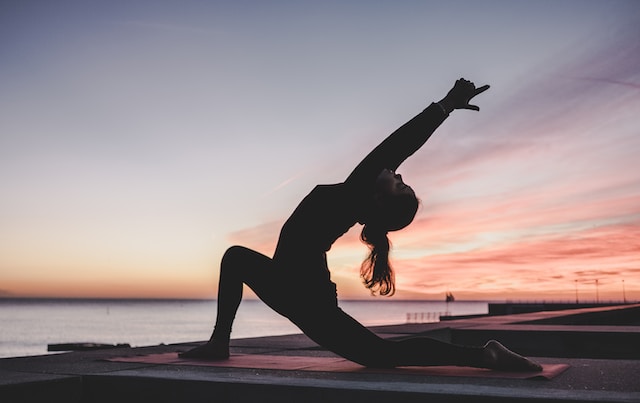All About Micro-workouts
Less than half of Americans get the recommended minimum for physical activity, 150 minutes of moderately-intense exercise. That said, no activity is a waste of time, even small spurts all add up and offer health benefits. Some is better than none.
And that leads us to a current trend known as the micro-workout, also known as a mini training session. Think of a micro workout as an exercise ‘snack’. Snacks, if well planned and nutritious, help to bridge gaps in the diet and contribute to overall nutrient needs. They are, essentially, small meals. Micro-workouts are exercise bouts that last at least 20 seconds but typically less than 10 minutes. Knowing you can get through a session in a few minutes is motivating.
Intense exercise spurts of 20-60 and up to 3-7 minutes at a time, offers huge benefits. Any movement you can comfortably maintain for 30 seconds, engages large muscle groups and gets your heart rate elevated can be a micro-workout.
What to do? A quick walk, using a step bench, or performing calisthenics (jumping jacks, squats, lunges, step-ups, push-ups) are all options. A four-minute micro-workout might look like this: 25 seconds: jumping jacks, 25 seconds: body weight squats, (doesn’t have to be high-impact to be vigorous), followed by 10 seconds of rest (or take the rest in-between sets.
The greatest health benefits are seen in those logging 15 minutes per day of micro-workouts. Setting aside 4-5 minutes per day of vigorous intermittent exercise, however, may lower your risk of developing cancer. Other benefits of doing 10-minute micro-workouts 3x/wk include improvements in insulin resistance, increased endurance and lower blood pressures. Even taking quick walks (a couple of minutes every 30-60 minutes) puts you ahead of the game.










